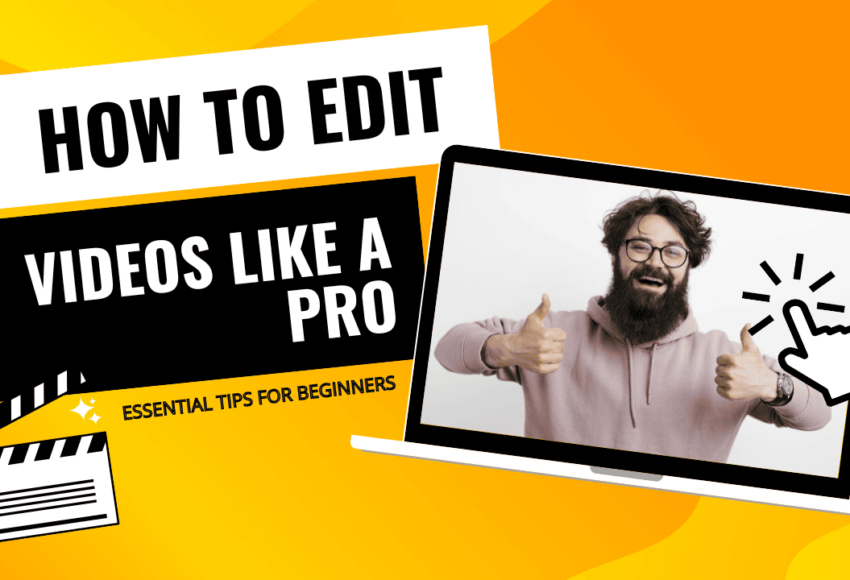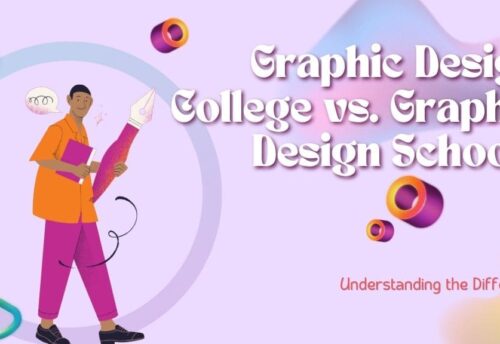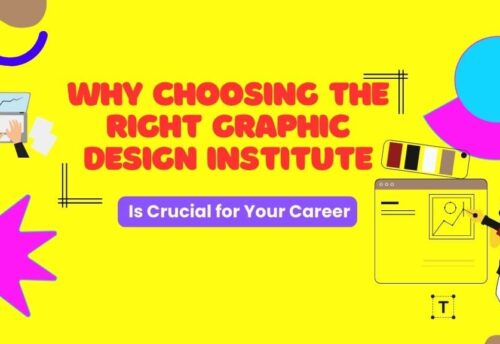
How to Edit Videos Like a Pro: Essential Tips for Beginners
Essential Tips for Beginners It’s time to plan for your video once you have your files in order. Consider the organization and movement of your video and the story you want to tell. Are you telling a story, or are you producing an instructional video? You will also make your editing decisions more easily based on your clear picture of your video.
Cut and Trim Your Footage
As far as editing goes, the most important thing is to make sure your footage flows. Raw footage is generally peppered with false starts, slip-ups, or departures that should be edited out. One of the earliest in the editing process is cutting and trimming clips.
Splitting and trimming clips is also easy with most video editing software. First, cut the fat; only include the best and most pertinent parts of the footage you’ve shot. Feel free to remove awkward pauses, mistakes or any other stuff that doesn’t move the story forward. So every time, keep in mind to keep your content timeless with less content as more content would be prepared by you for cuts which will take much time and will not look professional while editing.
Add Transitions and Effects
After you get your clips arranged and chopped, it’s time to introduce some transitions and effects. Transitions make the change between scenes smooth, and effects can add the inject some flair and personality to your video. However, do not overdo it—as the saying goes, less is more; if applied too much, transitions or effects can number out the viewer of the narration and can take away from the overall message.
For instance, a simple fade transition can take your video to the next level by giving it a polished and professional feel. Additionally, if you want to add visual elements such as animated text or motion graphics, you can use your graphic design abilities to build custom titles, lower-thirds, and visual overlays. When you combine video editing and graphic design, you can level up your videos with higher production value.
Work on Audio Quality
The sound aspect is important in video editing. Carrying out the best video looks is not enough, poor audio quality can reduce your video overall- especially if it is excellent. The first of which is clear audio being uniform & constant throughout the video. Edit any unwanted background noise and levels, if needed.
Many video-editing software options also come with audio-editing tools, such as volume, balance and equalization adjustments, to help you with audio tracks. Using background music or sound effects can help also to set the mood and add energy to your video. Just be careful to use royalty-free audio — or music you have the rights to — or you may face copyright troubles.
Incorporate Text and Graphics
As a graphic designer, you have a unique advantage in adding text graphics and visual elements in your videos. Adding text to a video is an effective way of highlighting key or important points, improving the story structure, or just making the video more appealing.
You might use motion graphics or animated text to emphasize key points, for example. Overlaying text also makes the instructions clear and easier to follow if you are creating a tutorial or instructional video. Make sure to select colors and fonts that align with your brand or the theme of your video.
You can also make unique graphics using design tools such as Adobe Illustrator or Canva and add those to your video for a more customized appearance.
Color Correction and Grading
Antony provides everything you need to color-correct and grade your video to make it look professional. Color correction helps you achieve a uniform color and lighting in your footage, and color grading helps you create the mood and tone of your video.
Most editing software includes some brightness, contrast, saturation, and white-balance adjustments. Color grading determines how different looks happen—whether you want it to be vibrant and high contrast or muted and cinematic. These small tweaks can drastically affect the tone of your video.
Final Review and Export
Once you’ve finished your edit, it’s time to watch your video. Read it from beginning to end, and see if there are errors or places to improve. It’s helpful to allow yourself to clear your mind before reviewing so you can watch again with fresh eyes.
When you’re happy with the edit it’s time to export your video. Be careful to select the correct export settings for the eventual platform you want to use them on. For example, if you plan to upload to YouTube, ensure the video is exported in MP4 format; if you plan to upload to Instagram, you may need to adhere to square videos.
Conclusion
As with anything creative, professional video editing is an acquired skill that takes time and practice to develop, however, keeping in mind these crucial video editing tips can get you well on your way to creating polished, captivating videos in no time. Whether you’re a graphic designer wanting to deliberate on your motion designs to your videos or someone new to video editing, experimentation, learning, and experience to improvement is vital.
Mastering these video editing skills can definitely come in handy in anticipation of a career in graphic design, as video placement becomes more major in regards to digital marketing and branding. So go ahead, and remember, the more you practice, the more you’ll improve!


